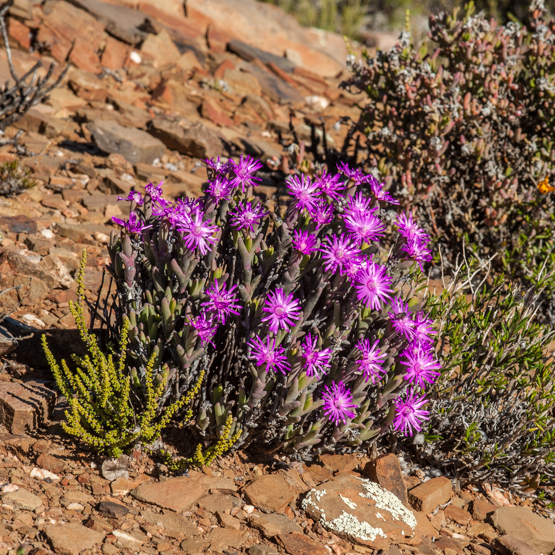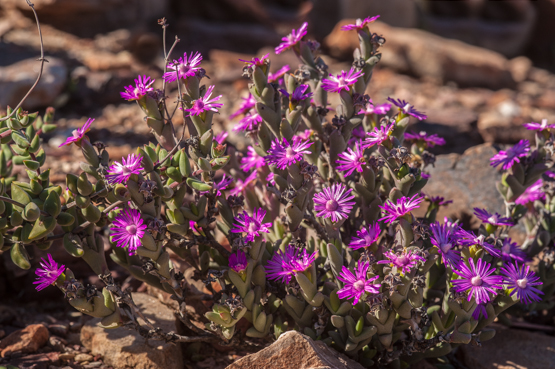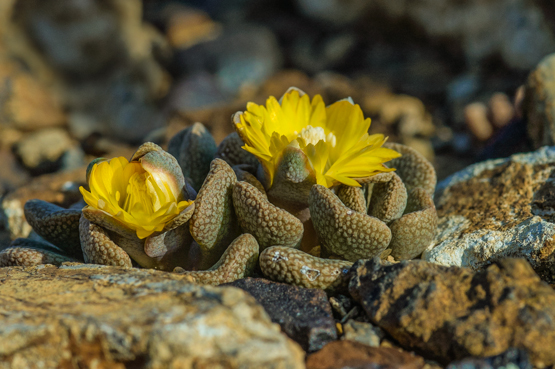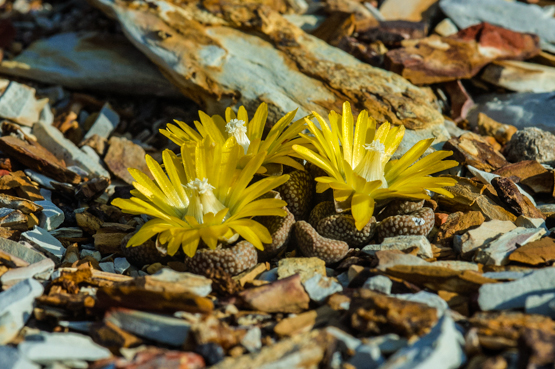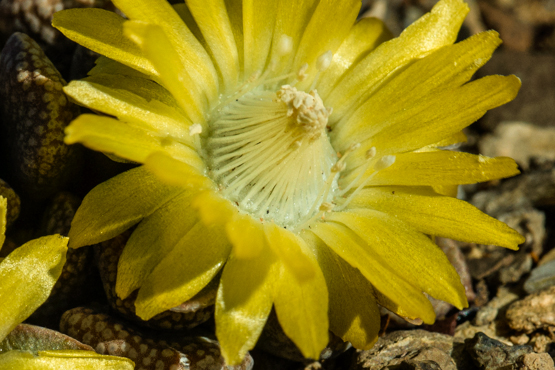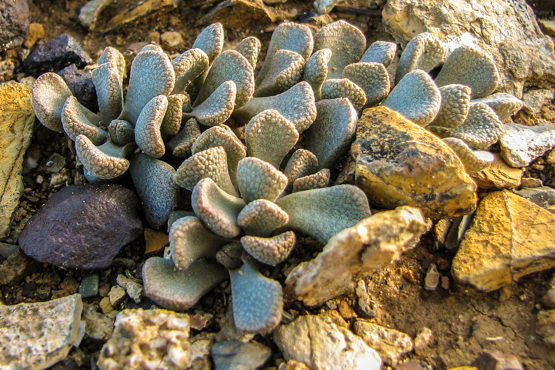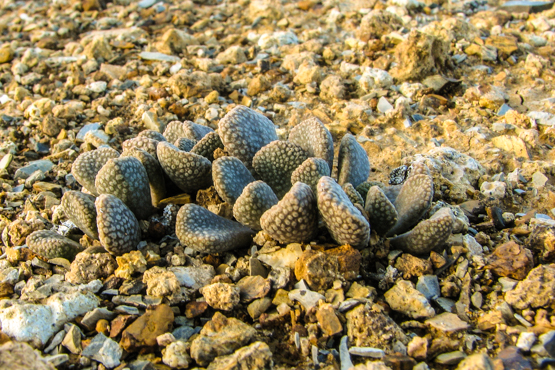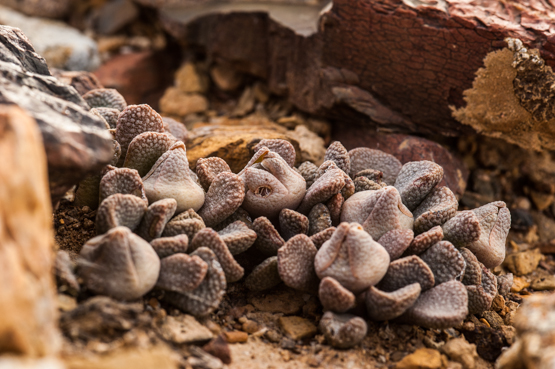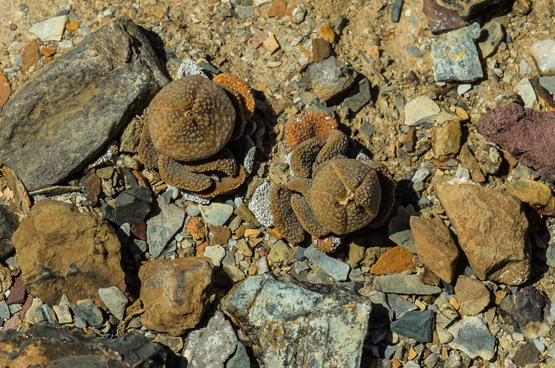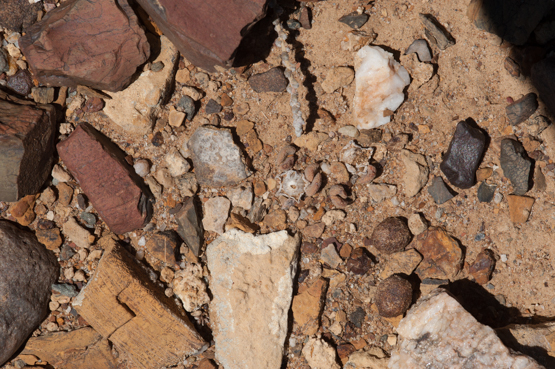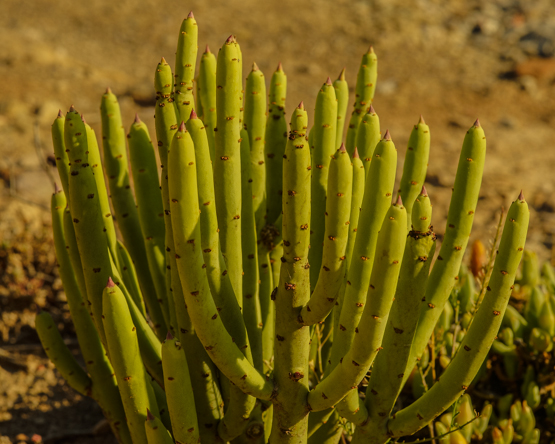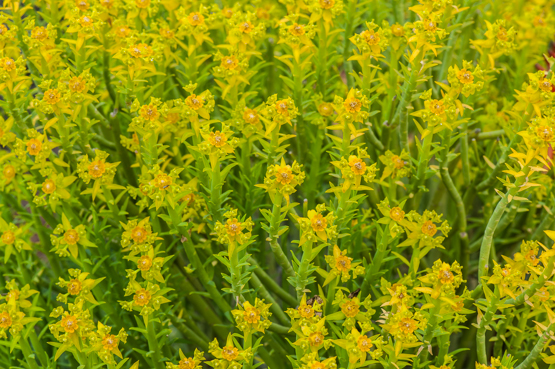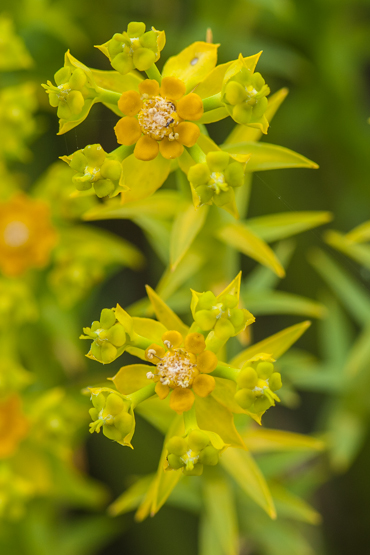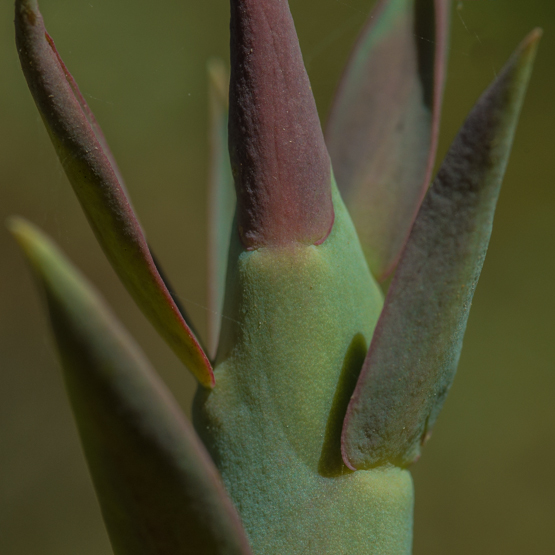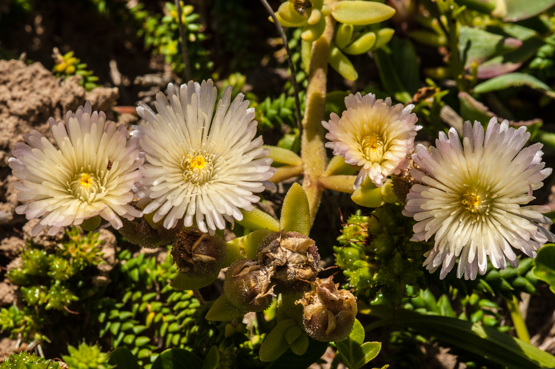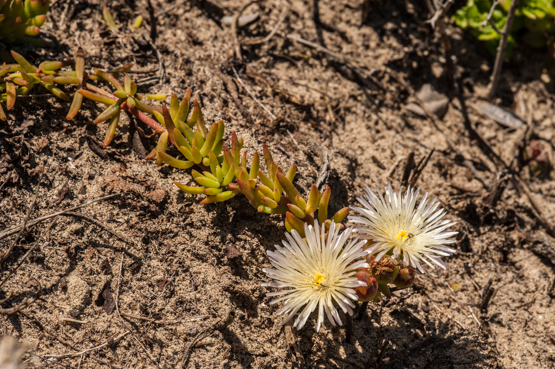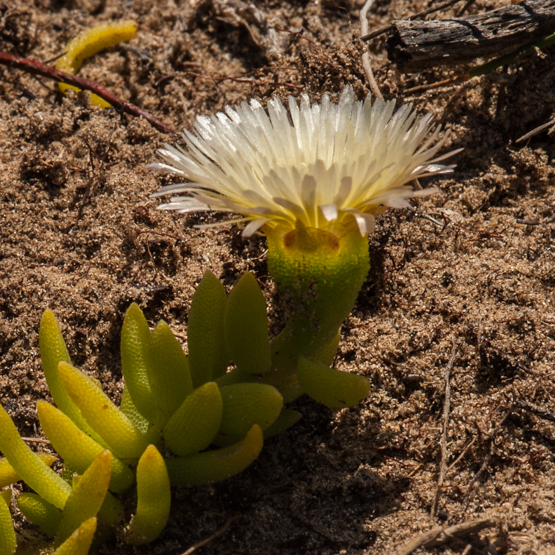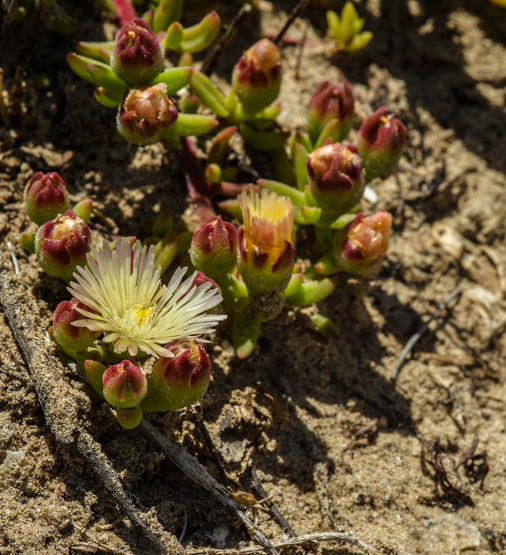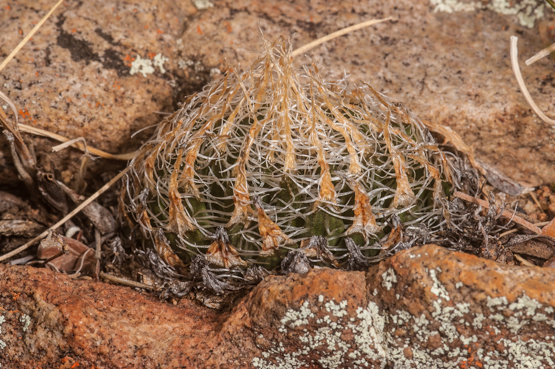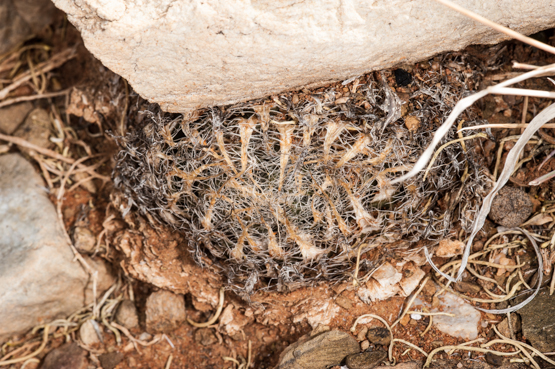Although the name suggests a wide distribution, this species seems to occur only in a small area in the southwest corner of the Great Karoo and the adjacent part of the Little Karoo.
The plants form small shrubs up to 30 cm tall and can be known most easily by the long leaf sheaths.
Month: December 2014
Three hundred posts later
When I started this blog just over two years ago, I had no idea what I was letting myself in for. Actually it looked easy :
I had a lot of pictures people might be interested in and after a lifetime of growing, studying and photographing succulents, it should not be difficult to write some texts as well.
And yes, it is as simple as that: you select a few pictures, write a couple of words and hey presto, another post ready. Well, sometimes. Not so very often; rarely in fact.
Stumbling blocks may be:
–not enough good pictures to tell a story
–enough pictures but nothing special
–too little info on the subject
–too busy to do research
–plants can’t be identified properly.
This list is far from exhaustive, but you’ll get my drift I suppose.
The accompanying pictures illustrate the last of the problems mentioned above. They were taken a few km northeast of Montagu, on 9 Oct. 2013.
From the start is was clear that the plants belonged to Haworthia arachnoidea. But which variety? The first option is var. arachnoidea.
In his “Haworthia revisited”, Bruce Bayer says: “This variety often occurs on southern slopes where it is embedded in moss and lichen, and thus very moist in the winter months. The basic leaf colouration is darkish-green and the marginal spines are white”.
This description fits the bill (see first picture), but the distribution area is given as the Worcester/Robertson Karoo, which is west, rather than northeast of Montagu.
When I looked at the pictures once again, I realized that some plants looked like var. nigricans, which is decribed as: “distinguished by the purplish colouration towards the tips of the leaves and the generally darker colour” (picture 2). This variety is known from around Oudtshoorn in the east to the area between Barrydale and Montagu in the west (but not as far west as the locality where this picture was taken).
Here endeth the lesson and my 300th post.
Aloinopsis loganii (2)
Aloinopsis loganii (1)
Succulent plants may store water in any organ of the plant body. Usually, leaves or stems are used for this purpose, but water can also be stored in the roots.
For this reason we speak of leaf, stem and root succulents. In certain plants the distinction is not so clear-cut, because they use more than one organ for water storage. The subject of this post is a case in point.
The first four pictures were made in winter and spring (between mid July and mid October) and clearly show that the species is a leaf succulent.
Or, so it would seem. The last two photos were made in summer (late January). In #5, most of the leaves have disappeared and the plant was only found because the fruits stand out against the background. In #6, the knife points at a plant at either side of it and here too, very little of the leaves is left.
This begs the question how these plants can survive the drought and heat of the remaining summer period. For the answer we have to go beneath the surface (literally). When we do that, we will find a nice fat tuberous rootstock with enough storage capacity for the plants to aestivate (spend the summer in a dormant state).
The species is only found in a small area near Laingsburg, where most of the rainfall occurs in winter.
To give you some idea of the size of the plants: the leaves are up to about 20 mm long, 8 mm wide and 4-4.5 mm thick.
Euphorbia mauritanica
The name of this species is rather ironic. The plants were introduced into cultivation in Europe in the beginning of the 18th century or maybe even before, and believed to have come from “Mauritania”, a name used at that time for a large portion of northwestern Africa. We now know they do nor occur in that area at all.
On the contrary, the species is widespread in southern Africa, where it is found on flats and stony slopes, sometimes also on coastal dunes. It is a much-branched shrub up to 2 m tall with short-lived leaves. The flowers appear from May to November.
As it is a variable species, a number of varieties have been described in the past, but these are now regarded as ecotypes and their names therefore as synonyms.
Mesembryanthemum (Phyllobolus) canaliculatum
These plants are geophytes with tuberous roots; they occur from the Cape Peninsula eastward to Port Elizabeth, growing in coastal dunes.
As a special adaptations to their sandy habitat, they have long creeping branches rooting at the nodes.
The Aizoaceae family does not have not many members that are either geophytic or adapted to a habitat of shifting sands, but this species somehow manages to belong to both categories.
One can find the plants in flower from spring to mid-summer. The flowers are 2-3 cm in diameter and yellow, mauve or salmon in colour, sometimes with a red hue.
The leaves are almost cylindrical or channeled (=canaliculatus).
Photographed near Jeffrey’s Bay 25 Oct. 2012.
Haworthia arachnoidea var. scabrispina
In their most typical form, these plants are easy to identify, because of the more or less rounded, rather than flat rosettes (see first two pictures).
When they don’t have this give-away shape, one has to have a closer look at the leaves and spines, which are firm and stiff.
Locality is also important, as they only occur in the southwestern corner of the great Karoo and the adjacent part of the Little Karoo.
